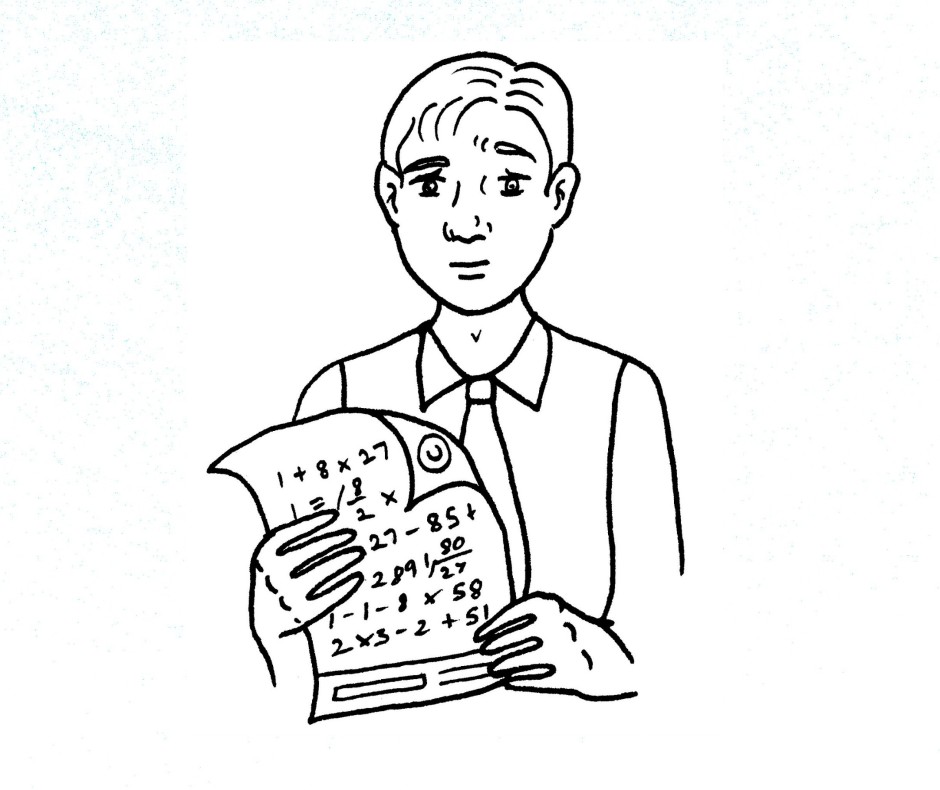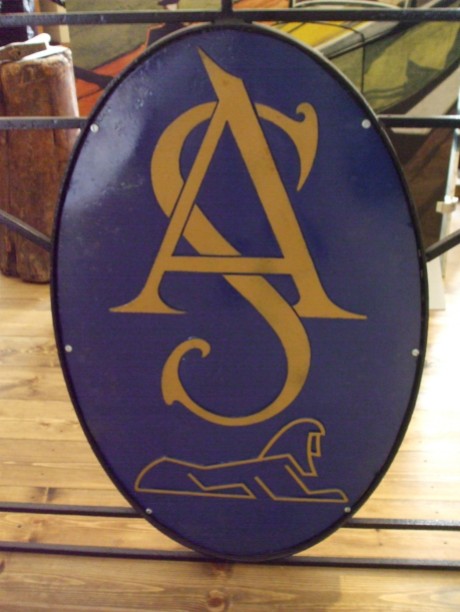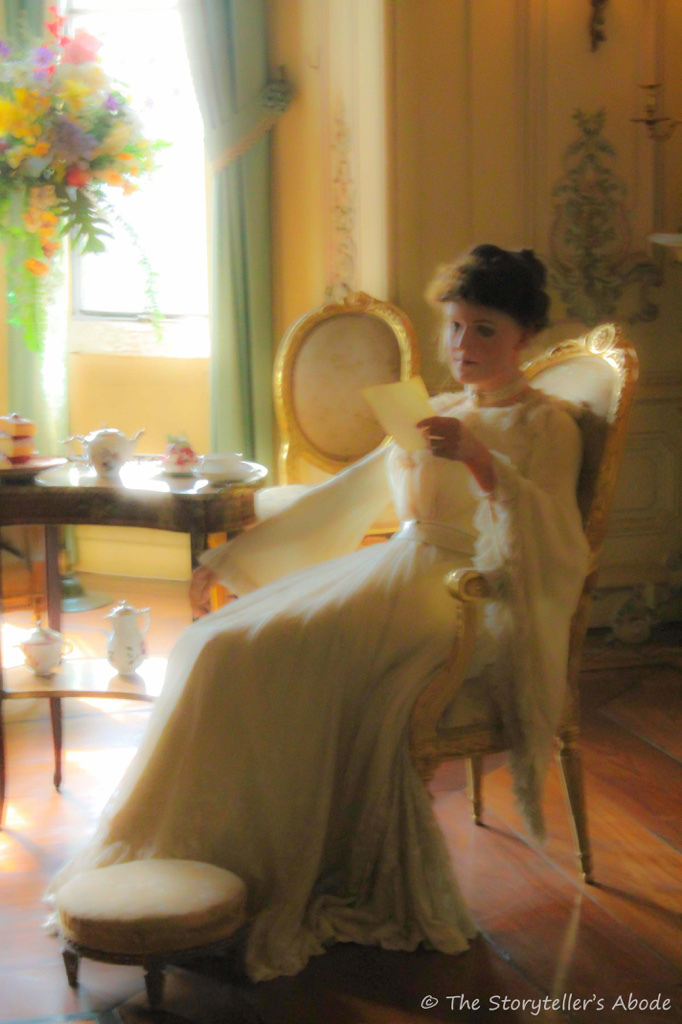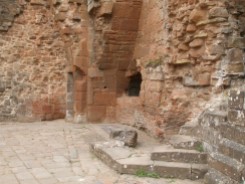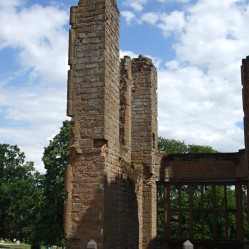April is the 4th month of the year and has 30 days. It is the second month of spring and a time of planting and spring cleaning. In the southern hemisphere, April is the same as October in the Northern Hemisphere. It is also my birthday month, so it has to be my favourite! (Well, at least it was my favourite in my younger days.)
In the earliest Roman calendar, April was the second month of the year (coming after March) before Januarius and Februarius were added by King Numa Pompilius around 700 BC. It became the fourth month around 450 BC, when it was given 29 days. The 30th day was added in the mid-40s BC, which produced the Julian Calendar.
Some people believe that the name, April, comes from the name of the Greek goddess, Aphrodite (named Venus by the Romans).
The Romans gave the month the name Aprilis, which means ‘to open’. This fits April well since in so many places in the northern hemisphere, April is the month when buds appear on trees and go on to flower.
Roman festivals which were planned for April included Parrilia, which was performed every year on April 21. Essentially of rural character, this festival was aimed at the cleansing of both sheep and shepherd in honour of the Roman deity Pales. Of uncertain gender, Pales was the patron of shepherds and sheep. The festival was first celebrated by the earliest kings of Rome but later on by the pontifex maximus (the chief priest).
The Anglo-Saxons called April, Eastre-monah (Eostremonath). In his treatise, ‘The Reckoning of Time’, the Venerable Bede (AD 673 – AD735) says that the word eastre is the basis of the word Easter. He also tells us that the month was named after the Germanic goddess of dawn, Eostre, whose feast was in Ostamanod (Easter Month).

Symbols of April
The April birthstone is the diamond, associated with strength, love and health.
There are two flowers associated with April, depending on where you live:
The daisy symbolizes childhood innocence, simplicity and joy, and is the flower linked with April to most people in the U.K. (Sweet peas tend to flower from mid-June to late August here.)
The sweet pea is more likely to be linked to April in the U.S. although in some areas, the daisy may well also be recognised. It symbolizes blissful pleasure.


Two signs in the Zodiac calendar fall in April, both of them being domestic animals and quadrupeds with cloven (split) hooves, as with the roe deer shown here:
People with birthdays between March 21st and April 19th are said to be born under the sign of Aries (the Ram). Aries is a Sun sign, ruled by the planet and Roman God of War, Mars.
Those with birthdays from April 20th to May 20th are said to be born under the sign of Taurus (the Bull). Taurus is an Earth sign, ruled by the planet and Roman Goddess of Love, Venus.
These are just a few April holidays and celebrations (2022 dates given)
April Fools’ Day: April 1
World Autism Awareness Day: April 2
Easter Sunday is April 17
Passover: April 15 – 23
Ramadan: April 2 – May 1
Earth Day: April 22
Arbor Day: celebrated on different dates around the world, dependent on the tree planting season. In the U.S. it is on the last Friday in April, though again this varies in different states.
National Poetry Month
National Arab American Heritage Month
Jazz Appreciation Month
April in-Other Languages:
Chinese/Mandarin: Siyuè * Danish: April * Finnish: Huhtikuu * French: Avril * Italian: Aprile
Greek: Aprilios * German: Ahpril * Sovenia: Mai Traven * Spanish: Abril
Ten Random Facts About April
The Japanese fiscal year for most businesses starts on April 1.
In England there are many cuckoo festivals in April. The arrival of the cuckoo bird signifies that Spring has arrived.
April is the month when the professional baseball season starts in the U.S.
The luxury British steamship, Titanic, sank on its maiden voyage on April 15, 1912.
A few famous historical figures had birthdays in April, including Shakespeare, Wordsworth, Leonardo da Vinci and Adolf Hitler. Our present queen, Elizabeth II, was also born in April.
St, George’s Day is April 23
George Washington was inaugurated as the first president of the United Stated on April 30, 1789.
Noah Webster copyrighted the first edition of his dictionary in April.
The Boston Marathon is held during April.
In Athens on April 6,1896, the opening of the first modern Olympic Games took place after being banned 1,500 years earlier by Roman emperor, Theodosius.
Quotes About April
‘It was a bright cold day in April, and the clocks were striking thirteen.’ ~ George Orwell
‘Snow in April is abominable,’ said Anne. ‘Like a slap in the face when you expected a kiss.’ ~ L. M. Montgomery, Anne of Ingleside
‘April hath put a spirit of youth in everything.’ ~ William Shakespeare
‘April, April, laugh thy girlish laughter, and the moment after, Weep thy girlish tears.’ ~ William Watson, poet
‘April in Paris, chestnuts in blossom, holiday tables under the trees.’ ~ Yip Harburg, song lyricist and writer
‘Here cometh April again, and as far as I can see the world hath more fools in it than ever.’ ~ Charles Lamb, essayist and poet
April Rain
The April rain, the April rain,
Comes slanting down in fitful showers,
Then from the furrow shoots the grain,
And banks are fledged with nestling flowers:
And in grey shawl and woodland bowers
The cuckoo through the April rain.
Calls once again.
~ by Mathilde Blin
*** Other than the image of Eostre (from Wikipedia) the images and photos used in this post have either been purchased from Shutterstock or are free images from Pixabay. My thanks to all three of these very useful sites.
*** A quick note and apology from me: This post is roughly four years late in coming, for which I apologise. I started doing my Month by Month posts five years ago. I began with the month of May, and duly went through the months until I had reached the following March. April would have completed each of the twelve months. Unfortunately, I was well into the middle of my Sons of Kings series by then, and a post about April never got written. So here it is, the twelfth and final monthly post.



































